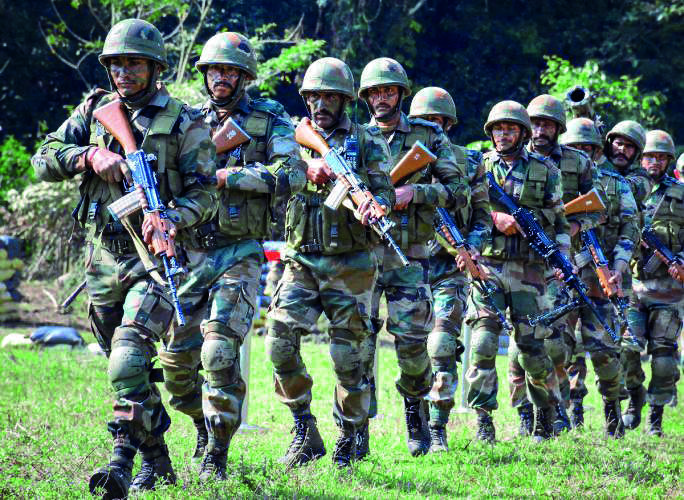The G20 leaders will focus on collective progress, equity, and inclusive growth under India’s chairmanship, with the summit theme of One Earth, One Family, One Future. The commitment of India to green development, circular economy, and lifestyle improvements aims to accomplish the 2030 Sustainable Development Goals. In June, the Comptroller and Auditor General of India (CAG) will preside at SAI20, the G20 Engagement Group for Supreme Audit Institutions (SAls).
Priority areas for SAI20 discussions During India’s presidency,
In June of this year, the Comptroller and Auditor General of India (CAG) will preside over the SAI20 meeting in Goa.
Two priority areas have been selected for SAI20 deliberation:
- Blue economy
- Responsible Artificial Intelligence
SAI20
- SAI20 refers to the G20 countries’ Supreme Audit Institutions (SAIs).
- It is a meeting for SAIs from G20 countries to exchange experiences and skills in auditing public policies and governance practises.
- The group meets once a year to address major public auditing issues and to propose coordinated measures to enhance good governance and accountability in their respective nations.
Blue Economy
- The World Bank defines blue economy as the sustainable use of ocean resources for economic growth, improved livelihoods, and job creation while conserving the health of the ecosystem.
- Gunter Pauli’s book “The Blue Economy: 10 Years, 100 Innovations, 100 Million Jobs” (2010) popularised the concept of the Blue Economy.
- At a conference in 2012, the United Nations introduced blue economy and emphasised sustainable management, arguing that healthy marine ecosystems are more productive. Indeed, the UN acknowledges that the Blue Economy is precisely what is required to implement SDG 14, Life Below Water.
- The term ‘blue economy’ refers not only to ocean-dependent economic development, but also to inclusive social development, as well as environmental and ecological security.
Key functions and significance of Supreme Audit Institutions (SAIs)
- Independent audits: SAIs undertake independent audits of government finances and operations to guarantee that public funds are spent legally and that government agencies are running effectively and efficiently.
- openness and accountability: SAIs supports openness and accountability by making audit reports public and by informing the public about government spending and activities.
- Improving governance: By exposing flaws and inefficiencies in government operations, SAIs can contribute to better governance and more efficient use of public resources.
- SAIs assist the legislative branch by providing information and analysis that allows parliamentarians to make educated decisions about government programmes and policies.
- Compliance with laws and regulations: SAIs assure compliance with laws and regulations by analysing government operations and financial statements to ensure compliance with applicable laws and regulations.
- Fostering international cooperation: SAIs engage and exchange best practises with their counterparts in other countries through international organisations such as the International Organisation of Supreme Audit Institutions (INTOSAI) to promote good governance and accountability globally.
How can CAG take the lead in the SAI20 engagement group?
- Setting the agenda: The CAG can establish the agenda for SAI20 discussions, suggesting priority areas for discussion and ensuring alignment with the G20 and UN goals.
- The CAG can give technical experience in auditing and public finance management, which can assist other SAIs in the group in developing their competence and improving their performance.
- Creating audit toolkits: The CAG can take the lead in creating audit toolkits that will assist SAIs in the group in assessing development along coastal sections, monitoring marine water quality, and promoting sustainable development.
- Building consensus: The CAG can try to promote constructive debate and agreement among SAIs in the group on how to improve auditing of performance in certain areas of ocean-based operations.
- Increasing accountability: The CAG can use SAI20 to promote transparency, accountability, and good governance in ocean-based operations, which can help guarantee that the benefits of economic growth are distributed equally across generations.
@the end
The toolkits developed by SAI20, led by the CAG of India, will be presented at the SAI20 Engagement Group meeting, which will provide a rare chance for productive debate and agreement to improve auditing of performance in specific areas of ocean-based operations. This collaborative endeavour will not only help auditors in SAI20 member nations gain capacity, but would also benefit regional auditing communities by providing a shared and reproducible auditing tool.
Source: https://pib.gov.in/PressReleasePage.aspx?PRID=1906034#:~:text=The%20SAI20%20Delegates%20Meeting%20will,under%20the%20India's%20G20%20Presidency.






